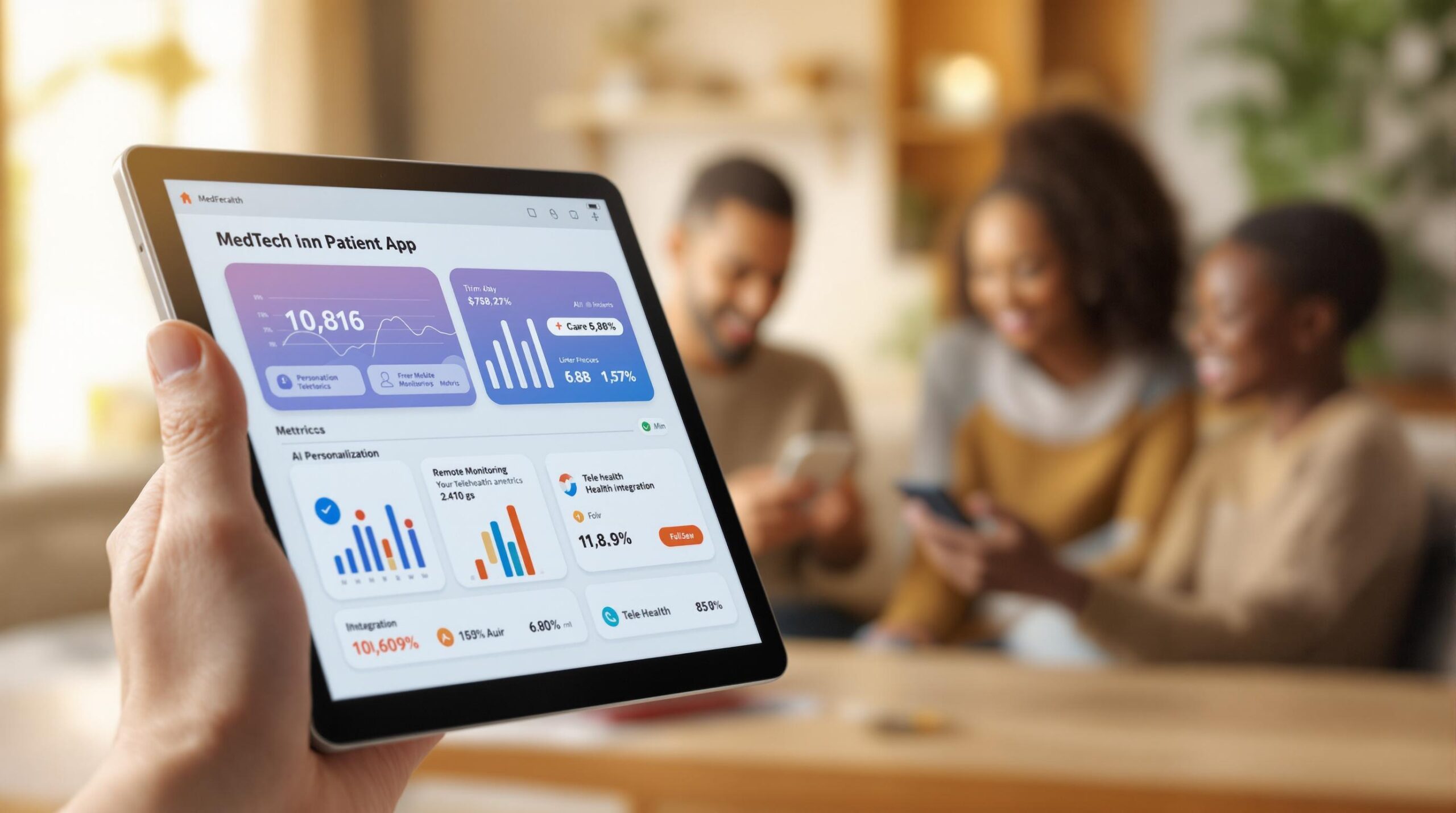
MedTech apps are transforming healthcare in 2025, focusing on AI-driven personalization, remote monitoring, and telehealth integration. These apps help patients manage their health while improving outcomes and reducing costs. Here’s a quick overview of the top platforms and their standout features:
- Veradigm FollowMyHealth: Simplifies virtual care with telehealth tools and wearable integration. Cuts hospital readmissions by 15%.
- Sidekick Health: AI-powered chronic care management with behavioral health support. Improves medication adherence and lifestyle changes.
- Welldoc: Uses AI and behavioral science to reduce A1C levels by 1.5% in diabetes patients. Lowers hospital readmissions by 30%.
Quick Comparison
| Feature | Veradigm FollowMyHealth | Sidekick Health | Welldoc |
|---|---|---|---|
| Personalized Care Plans | AI for care plans, limited real-time updates | Behavioral health, lifestyle coaching | AI-driven, 1.5% A1C reduction |
| Telehealth Integration | Virtual visits, encrypted messaging | Real-time consultations, diagnostics | 30% fewer readmissions, secure messaging |
| Remote Monitoring | Wearable tracking, basic analytics | AI insights, vital sign tracking | Predictive analytics, risk detection |
| Advanced Technologies | EHR integration, secure data | IoT integration, data privacy concerns | Predictive modeling, strong EHR integration |
These apps are shaping the future of healthcare by combining AI, remote monitoring, and secure data management to improve patient engagement and outcomes.
1. Veradigm FollowMyHealth

Personalized Care Plans
Veradigm FollowMyHealth focuses on creating tailored treatment plans that deliver results. For example, patients using the platform have seen a 20% boost in medication adherence.
Telehealth Integration
The platform makes virtual care simple and accessible with a range of telehealth features:
| Virtual Care Feature | What It Does |
|---|---|
| Video Consultations | Enables real-time virtual visits |
| Email Visits | Allows non-urgent communication |
| Electronic Check-ins | Manages pre-appointment tasks |
| Clinical Assessments | Supports remote patient evaluations |
Remote Monitoring Capabilities
By connecting with wearable devices, FollowMyHealth enables real-time tracking of key health metrics. This feature has helped cut hospital readmissions by 15%, while providing healthcare providers with immediate access to critical patient data.
Advanced Technologies
The platform consolidates patient information from different EHR systems, offering providers a unified view for better decision-making. It also automates appointment management tasks like confirmations, waitlists, and reminders, all while ensuring HIPAA compliance through secure encryption and data storage.
2. Sidekick Health

Personalized Care Plans
Sidekick Health’s platform focuses on creating treatment plans tailored to each patient’s needs. Using AI, the system analyzes patient data to design interventions that are especially useful in managing chronic diseases. Research highlights improved medication adherence and lifestyle changes among users, with type 2 diabetes patients showing better blood sugar control.
Telehealth Integration
The platform includes a range of telehealth features aimed at making healthcare more accessible. Key components include:
| Feature | Purpose | Outcome |
|---|---|---|
| Remote Consultations | Enhances communication between patients and providers | Helps patients in underserved areas access care |
| Digital Diagnostics | Provides real-time health evaluations | Supports faster medical decisions |
| Virtual Follow-ups | Tracks patient progress over time | Boosts treatment adherence and results |
Remote Monitoring Capabilities
By connecting with wearables, the platform tracks vital signs like heart rate and glucose levels. AI tools analyze this data to identify potential health issues early, enabling preventive care through constant monitoring.
Advanced Technologies
Sidekick Health integrates smoothly with major EHR systems, allowing real-time data sharing between patients and providers. Its AI and machine learning tools offer predictive insights for chronic conditions, helping detect risks early. Strong encryption and secure storage ensure HIPAA compliance. A standout feature is the inclusion of behavioral health and lifestyle support as part of its core offerings.
"Studies have shown that patients using Sidekick Health’s personalized care plans have seen significant improvements in adherence to medication and lifestyle changes, leading to better management of chronic conditions such as diabetes and heart disease."
Next, we’ll explore how Welldoc uses similar technology to improve chronic disease care.
3. Welldoc

Personalized Care Plans
Welldoc’s platform uses a blend of AI and behavioral science to create customized care management solutions. By leveraging EHRs, wearables, and patient-reported data, it delivers precise interventions tailored to individual needs. Research highlights a 1.5% reduction in A1C levels for diabetes patients using the platform [3].
Telehealth Integration
Welldoc enhances healthcare access with its suite of communication tools, helping patients better understand their care plans. In fact, 85% of users reported improved clarity in managing their health.
| Feature | Description |
|---|---|
| Secure Messaging | Enables HIPAA-compliant communication between providers and patients |
| Virtual Consultations | Offers real-time video appointments, cutting readmissions by 30% |
| Care Team Collaboration | Facilitates coordinated care, boosting adherence to treatment plans |
Remote Monitoring Capabilities
The platform’s AI-driven algorithms analyze patient data in real time, allowing for early detection of potential health concerns. This continuous monitoring helps avoid complications and lowers healthcare costs by providing actionable insights.
Advanced Technologies
Welldoc integrates predictive analytics, EHR systems, and behavioral science to guide lifestyle changes and improve outcomes. All data is protected with HIPAA-compliant security measures.
"Digital health platforms like Welldoc are transforming the way we manage chronic diseases and engage with patients" [4].
"Studies have shown that Welldoc’s platform has led to significant reductions in hospital readmissions and improvements in patient satisfaction. For instance, a study found that patients using Welldoc’s platform had a 30% lower rate of hospital readmissions compared to those not using the platform."
Welldoc’s ability to cut readmissions and boost patient engagement showcases its role in reshaping healthcare delivery. Its use of AI and behavioral science underscores its leadership in chronic disease management, paving the way for further advancements in this field.
sbb-itb-7af2948
Related video from YouTube
Pros and Cons
Here’s a look at how the core features of these platforms stack up:
| Feature | Veradigm FollowMyHealth | Sidekick Health | Welldoc |
|---|---|---|---|
| Personalized Care Plans | ✓ Strong AI for care plans ✗ Limited real-time adjustments |
✓ Focus on behavioral health ✓ Dynamic lifestyle coaching |
✓ 1.5% reduction in A1C levels ✓ AI-driven behavioral science approach |
| Telehealth Integration | ✓ End-to-end encryption ✗ Complex interface for providers |
✓ Immediate video consultations ✓ Real-time communication tools |
✓ 30% reduction in readmissions ✓ HIPAA-compliant messaging |
| Remote Monitoring | ✓ Comprehensive data tracking ✗ Limited predictive capabilities |
✓ AI-driven wearable insights for chronic care ✓ Real-time vital signs monitoring |
✓ AI-powered predictive analytics ✓ Early risk detection |
| Advanced Technologies | ✓ Secure data management ✗ Integration challenges with EHRs |
✓ Seamless IoT device integration ✗ Data privacy concerns |
✓ Advanced predictive modeling ✓ Strong EHR integration |
The MedTech patient app landscape in 2025 is marked by advancements in AI and remote monitoring. Integrated systems for patient data management have become increasingly critical.
"An open ecosystem approach to patient monitoring can help overcome the challenge of pulling patient data together from disparate sources." – Philips, 2024 [5]
Each platform has its strengths and hurdles: Veradigm struggles with real-time adaptability, Sidekick faces data privacy issues, and Welldoc encounters challenges in managing chronic diseases. Interoperability remains a crucial factor for ensuring these platforms work seamlessly within healthcare systems, offering a unified view of patient data.
These comparisons underline the shifting focus in patient engagement apps toward more integrated and efficient healthcare solutions.
Conclusion
Successful patient engagement apps in 2025 will need to focus on three main areas: AI-driven personalization, smooth integration with other systems, and strong security measures. Advanced AI has already revolutionized how patient risk is predicted and preventive care is automated [1].
The best apps combine AI-powered insights, HIPAA-compliant security, and tools for remote monitoring. A great example is Huma‘s platform, which uses an intuitive patient dashboard to merge health metrics with smart notifications, encouraging active patient participation [2].
For MedTech companies and healthcare providers choosing an app in 2025, these factors are critical:
- Easy EHR and IoT Integration
- AI-Powered Predictive Analytics
- HIPAA-Compliant Security
- Robust Remote Monitoring
Platforms like Welldoc and Sidekick Health show how AI-driven personalization and remote monitoring can lead to real health benefits. For example, Welldoc reduced A1C levels by 1.5% through its AI-based behavioral science approach, proving the impact of well-thought-out engagement tools.
To succeed, patient engagement apps must strike a balance between personalized care and strong security. The platforms reviewed highlight how combining advanced tech with user-friendly design can significantly improve healthcare delivery and outcomes.

